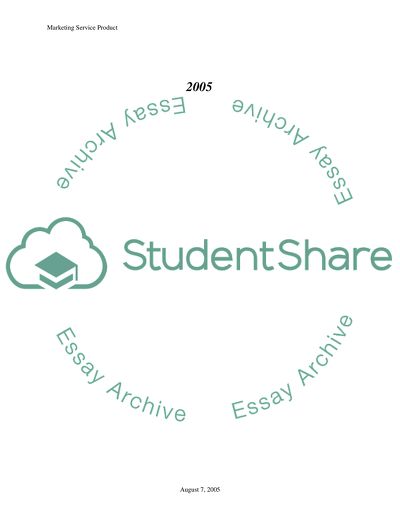Cite this document
(Tourism Hotels and Leisure Ltd Research Paper Example | Topics and Well Written Essays - 3000 words, n.d.)
Tourism Hotels and Leisure Ltd Research Paper Example | Topics and Well Written Essays - 3000 words. Retrieved from https://studentshare.org/marketing/1525118-marketing-of-service-products
Tourism Hotels and Leisure Ltd Research Paper Example | Topics and Well Written Essays - 3000 words. Retrieved from https://studentshare.org/marketing/1525118-marketing-of-service-products
(Tourism Hotels and Leisure Ltd Research Paper Example | Topics and Well Written Essays - 3000 Words)
Tourism Hotels and Leisure Ltd Research Paper Example | Topics and Well Written Essays - 3000 Words. https://studentshare.org/marketing/1525118-marketing-of-service-products.
Tourism Hotels and Leisure Ltd Research Paper Example | Topics and Well Written Essays - 3000 Words. https://studentshare.org/marketing/1525118-marketing-of-service-products.
“Tourism Hotels and Leisure Ltd Research Paper Example | Topics and Well Written Essays - 3000 Words”, n.d. https://studentshare.org/marketing/1525118-marketing-of-service-products.


